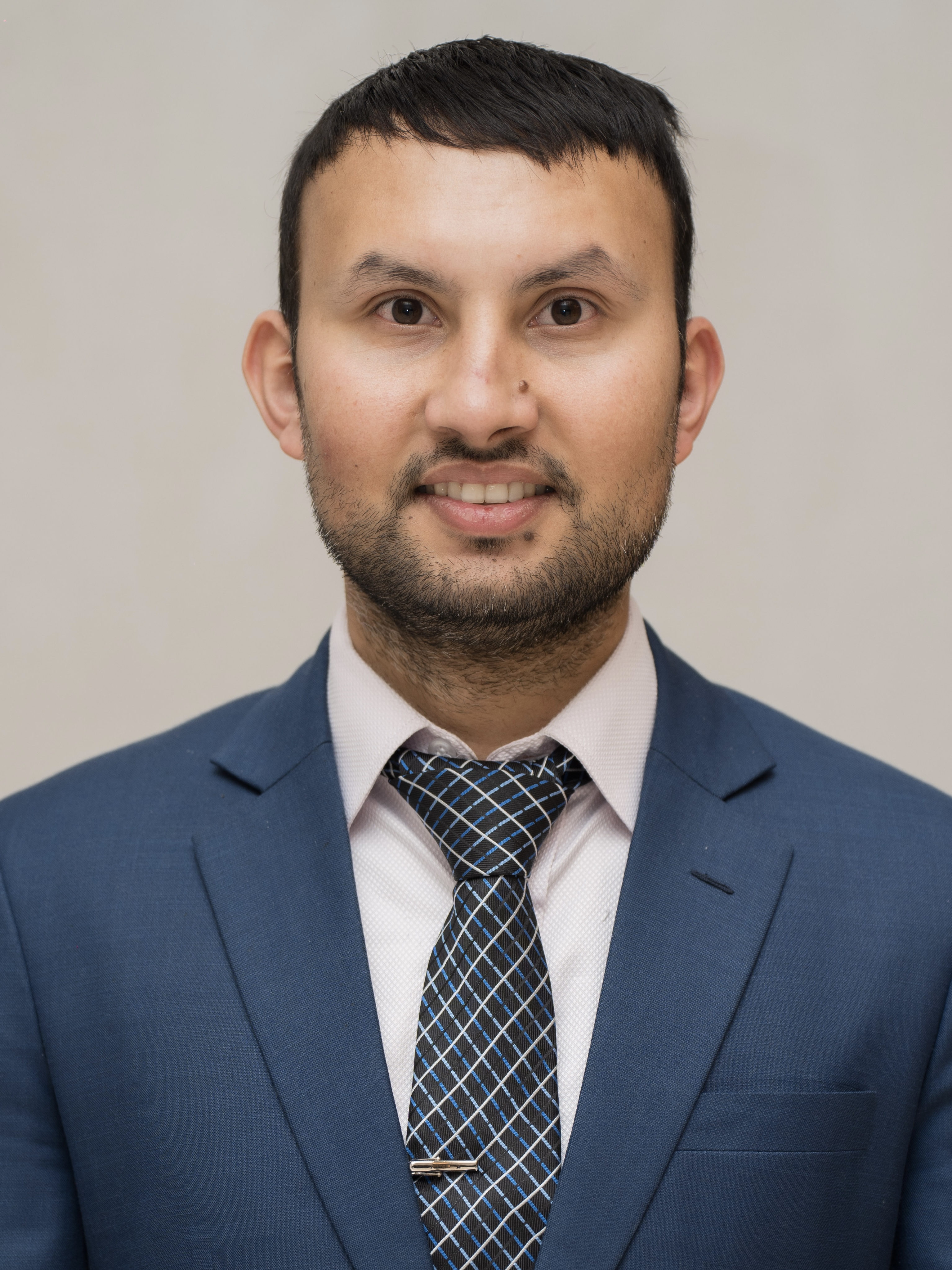Columns
Public debt paradox
Nepal needs to be careful while borrowing large commercial foreign loans with high interest rates.
Nischal Dhungel
The modern globalised ecosystem has increased public debt due to changing economic and political circumstances. Handling public debt goes hand in hand with an effort to balance those circumstances. Public debt is a domestic or foreign loan issued by a government, which remains a viable option to support government spending, and development initiatives, for which the government lacks funding. Owing to economic complexity and the Covid-19 pandemic, government spending has recently increased more quickly than its capacity to generate revenue. With interest rates skyrocketing, the rising debt severely impacts the budgets of developing countries that must invest in their economies.
Nepal started budgeting in 1951, taking debt 11 years after the budgetary practice began. The history of our public debt is not very old. The government started taking domestic loans in 1962, while foreign loans were only accepted beginning in 1963. Post-earthquake and transition to federalism, Nepal's public debt has increased over the past several years, reaching 42.2 percent of GDP in fiscal 2019-20 from a progressive reduction of 25 percent of GDP in fiscal 2016-17. The impact of Covid-19 and responses to it are responsible for the significant increase in fiscal 2019-20. The debt-to-GDP ratio for Nepal stood at 39 percent in fiscal 2020-21. Due to Nepal's access to concessional funding (grants or loans less than 2 percent with long repayment periods) from multilateral institutions and foreign countries, its foreign debt servicing needs are low. As per the World Bank, Nepal's debt distress risk is rated low for both external and total debt. The International Development Cooperation Policy (2019) allows Nepal to obtain a foreign commercial loan, but Nepal has yet to utilise this opportunity. The country needs to be careful while borrowing large commercial foreign loans with highinterest rates.
The impact of public debt on Nepal's economic growth, examined by the journal Public Debt and Economic Growth of Nepal utilising data from 1978 to 2020, indicates no clear link between public debt levels and economic expansion. The limited revenue sources have resulted in a rise in government spending more quickly than government revenue. The government has borrowed money primarily for weak areas, leaving it cash-strapped and forcing it to take out another loan to repay the previous ones. Some of the current capital loan money is in the stock market and land. Due to insufficient domestic resource mobilisation, excessive fiscal deficit, export-import imbalance, and gaps in revenue and spending, the external debt has worsened. Thus, some authors argue that deficit financing should not be considered as long as there is sustained economic growth and the possibility of encouraging investment rather than discouraging it. Furthermore, there has been no improvement in the country’s capability to repay debt; there has only been an increase in overall public debt and interest.
It is also crucial to analyse the country's debt condition in light of its foreign exchange reserves. The depreciation of the Nepali rupee against the US dollar has increased Nepal's debt liability in local currency terms. Foreign currency debt payments may become more challenging at a time of shrinking foreign currency reserves and rising government borrowing from foreign creditors. Nepal's foreign direct investment (FDI) is the lowest in the region at 0.5 percent of GDP. The impact of lowering the FDI threshold to Rs20 million will further decrease the inflow of FDI. Further, capital flow restrictions may have negative effects on GDP, but FDI offers the extra benefit of not increasing the nation's debt and relieving strain on foreign exchange reserves. The government should put in place long-delayed FDI reforms, such as simplifying regulatory approval processes, which would lead to foreign currency inflows and spur the transfer of capital and technology to boost growth.
Lesson from Bangladesh
Thanks to a robust economy and a stable government, Bangladesh has avoided relying on foreign forces for domestic survival. Three factors—exports (second largest clothing exporter), remittances (one of the biggest recipients), and fuel prices (relies on imported fuels)—together account for the majority of the economic health of the country. But these factors are in jeopardy due to a global economic slowdown that is particularly destructive in developing nations. Bangladesh has less money to import fuel as exports fall and prices rise simultaneously. It has decided to postpone non-urgent projects and expressed concerns about a growing trade deficit and a decline in remittances.
However, Nepal’s exports are not as strong as Bangladesh's, and will be less affected by the global slowdown. The government of Nepal is making several efforts to boost foreign reserve exchange. To stop the mounting debt, the newly passed Public Debt Management Act set a limit on external debt at one-third of the GDP. This measure is intended to prevent the government from borrowing carelessly and motivate it to pay down its debts on schedule so it can borrow more money in the future. Nepal also came up with a slew of measures to ban imports of luxury goods to prevent the depletion of its foreign exchange reserves and ended the ban as foreign reserves rose. These underlying traits will continue to shape how Nepal and Bangladesh react to the current global upheavals, including growing prices, impact on remittances, and widened trade imbalance.
State institutions in Nepal are fragile and continue to have problems with checks and balances. The government will struggle in 2023 to stop tax evasion and broaden its revenue base, increasing its need for public borrowing. With a new government in place, synchronising fiscal and monetary policy should ease liquidity shortage to fuel investment in productive sectors. A significant issue with the democratic history of Bangladesh is the absence of robust and viable opposition. Despite political hiccups and mounting public debt, Bangladesh has made commendable economic progress. Nepal and Bangladesh are unlikely to have the same situation as Sri Lanka if their policy measures successfully utilise public debt, and balance national goals and domestic capabilities.
Addressing structural barriers
Building on prior accomplishments and addressing structural barriers will help to accelerate growth, attract private investment, boost productivity, and develop climate resilience to successfully graduate from the least developed country’s (LDC) status and achieve lower middle-income status by 2026. Nepal's plan for economic growth and how trade, infrastructure, exchange rates, and other economic policies can help with economic development is still unclear. The growth potential will be increased by fostering an environment, encouraging trade and foreign direct investment, growing the financial sector, building human capital, and enhancing good governance. The country must spend the borrowed funds wisely and enact programmes to reduce debt. As Nepal plans to leave the LDC status in 2026, it is crucial to leverage the advantage of a lower interest rate with a long repayment period of borrowed funds. It should then work towards building a sustainable economy by investing in productive sectors with high-efficiency levels to repay the loans over time.




 5.14°C Kathmandu
5.14°C Kathmandu















